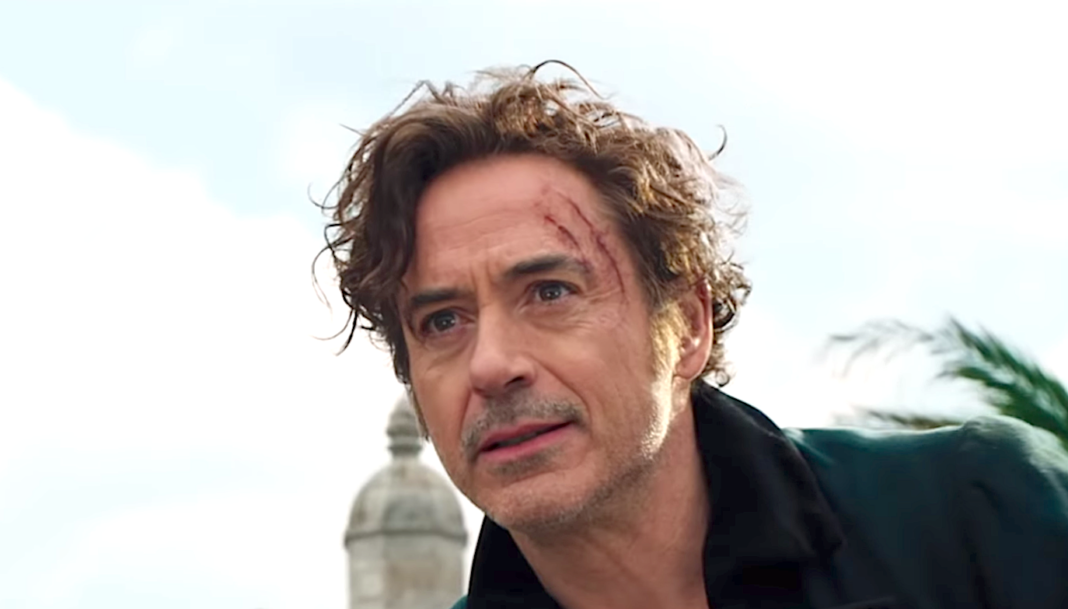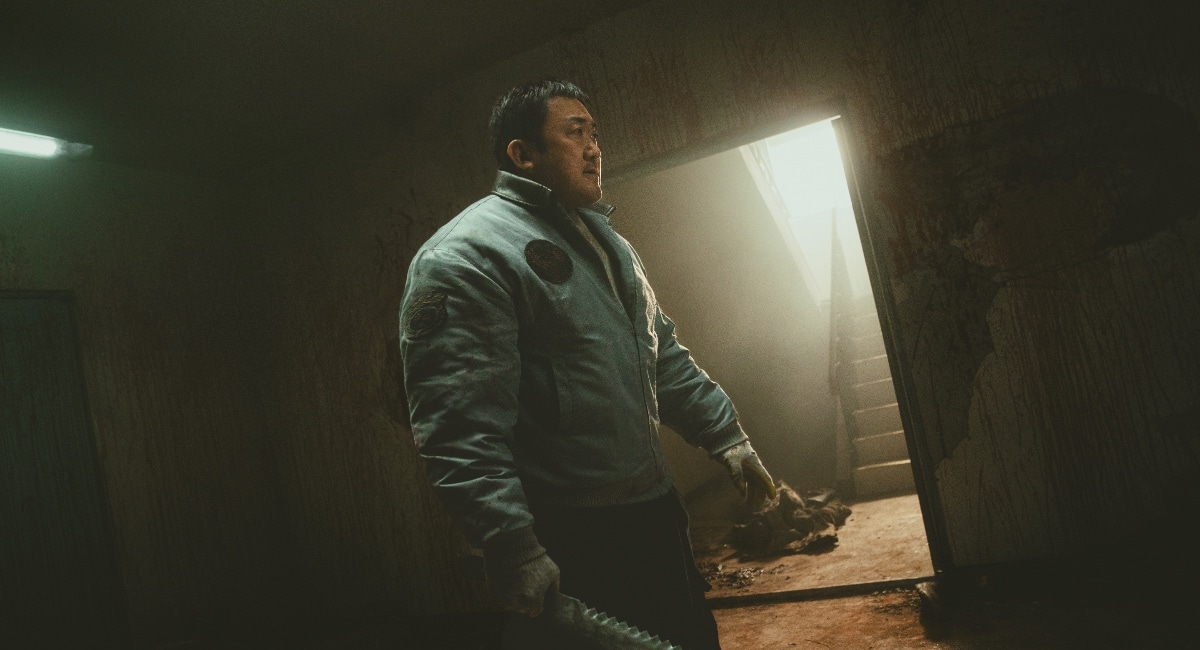Fresh off more than a decade worth of completed films in the Marvel Cinematic Universe, Robert Downey Jr. is probably one of the wealthiest actors in the world. His career could go in any number of directions now, including not working another day for the rest of his life. So I’m sure I’m not the only one who wondered what awaited Downey in a world without Tony Stark. It caught me off-guard to see his first post-Avengers role was that of Dr. Dolittle.
That post-Avengers debut ended up taking a little longer than expected, though. Dolittle was originally slated to release in April of 2019. But after seeing footage, Universal decided to bring in Chris McKay, director of The Lego Batman Movie, to perform some serious surgery on the film. Dolittle director Stephen Gaghan’s previous credits don’t exactly line up with a big-budget live action/CGI family comedy – including work on Traffic, The Alamo, and Syriana – so purported issues with the film’s comedic tone and CGI elements don’t sound like much of a stretch.
Unfortunately it’s pretty clear that Dolittle is a Frankenstein’s-monster sort of affair, even from the first scene, which kicks off with an animated introduction to the live action film. The intro explains that the man who can speak to animals, Dr. Dolittle (Downey), once ran a successful animal clinic alongside his adventurer wife, Lily. He later retreated from society after she was killed on an expedition, shutting down his practice for good. Down the road, somewhere around the halfway point in the movie, the death of Dolittle’s wife is described again in what seems like it’s meant to be a surprise reveal – highlighting just one example of the strange artifacts of the film’s storied production process.
The animated intro is, unfortunately, the best part of Dolittle. The film follows Stubbins (Harry Colette) and Lady Rose (Carmel Laniado), who join forces to try to convince Dr. Dolittle to come out of his hermit-like existence. Stubbins is there because he has an animal that needs medical attention, while Lady Rose is there at the behest of her mother, Queen Victoria, who is on death’s door. Dolittle agrees, primarily for financial reasons, and becomes embroiled in a not-very-complicated whodunnit after realizing the Queen was poisoned. He decides he has to sail to a faraway island for some kind of magical herbal remedy to cure the Queen’s poisoning, and runs into all kinds of snags en route.
Besides the choppy narrative, which most kids can probably forgive (and this is a kids movie, after all), the most disappointing parts of Dolittle were the uneven comedy and Downey’s accent. On the first note: there are a few elements here and there that got a laugh out of the room, particularly moments from Michael Sheen and Kumail Nanjiani, who are the brightest spots in Dolittle. Sheen and Nanjiani feel like they know what kind of movie they’re in and they’re excited to be part of it. But by and large the all-star cast is wasted in Dolittle, churning out basic performances for mediocre lines.
On the note of line delivery, we get to the most distracting element of Dolittle: Downey’s accent. Maybe the animals could understand what Downey’s Dolittle was saying, but I sure couldn’t. Downey decided to employ a Welsh accent, possibly one of the most difficult accents he could have used here. Like the elaborate reshoots, this effort doesn’t pay off. Unlike the reshoots, it actively makes the film worse.
I spent a lot of time puzzling over Downey’s dialogue, at times even struggling to understand what he’d said. I’m honestly not sure if it’s due to the actual accent, the sing-songy and strange way in which Downey speaks on top of the accent, or the fact that it feels like most of it was done via voice over and sometimes doesn’t match up with what’s on screen. But most importantly, it felt like so much of Downey’s efforts were invested in the pronunciation of the words that his acting gets lost in the transaction. Much like an actor who can’t act with their eyes when they wear a helmet or disguise, Downey’s bizarre delivery of his words drowns out their meaning or punch, and his usual impeccable comedic timing goes right out the window.
There’s not a lot to recommend about Dolittle, unfortunately. Much of that is due to the specifics of this particular project. But some of it might also just be down to the ambitious nature of Hollywood’s use of this technology. Coming off of a year filled with live-action Disney remakes, it’s starting to feel like these CGI/live action hybrid films are a fool’s errand. It feels particularly true in Dolittle’s case when the film is contrasted against its intro, which offers just a few minutes of a simple, well-animated sequence that reminds us of what else this movie could have been.









This looks utterly awful. I wish Downey would go back to serious acting (something he used to do), instead of trying to launch another franchise.
One critic wrote that Dolittle is so incoherent, he seriously wondered if a reel was missing. Another wrote that watching it made him want to “eat poison.”
Comments are closed.